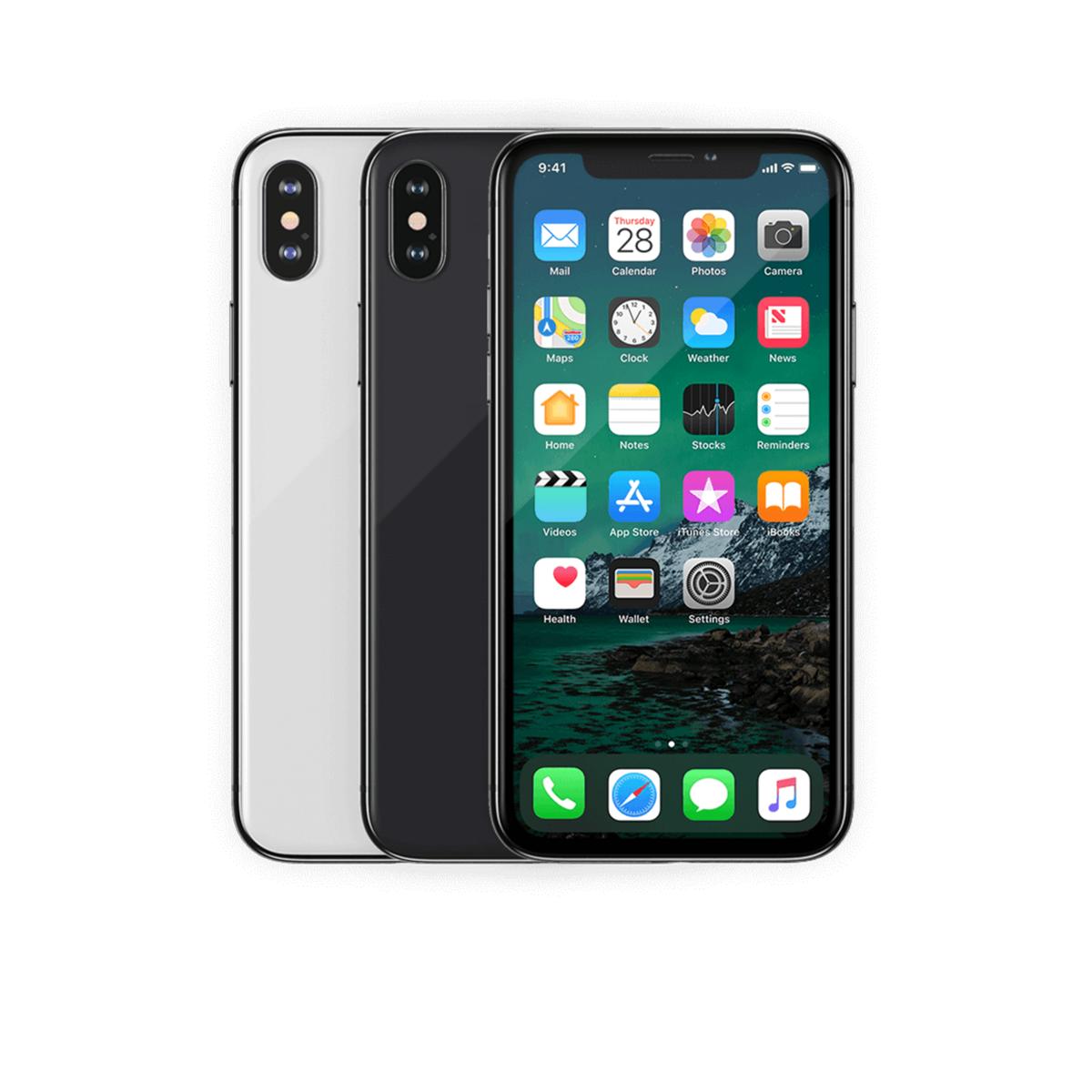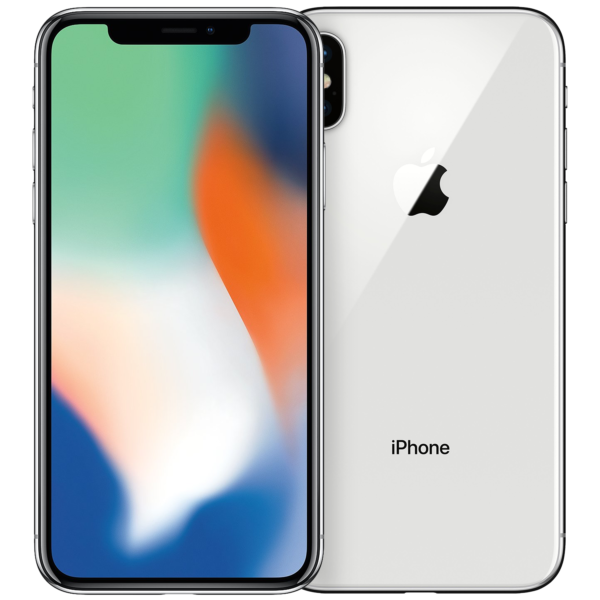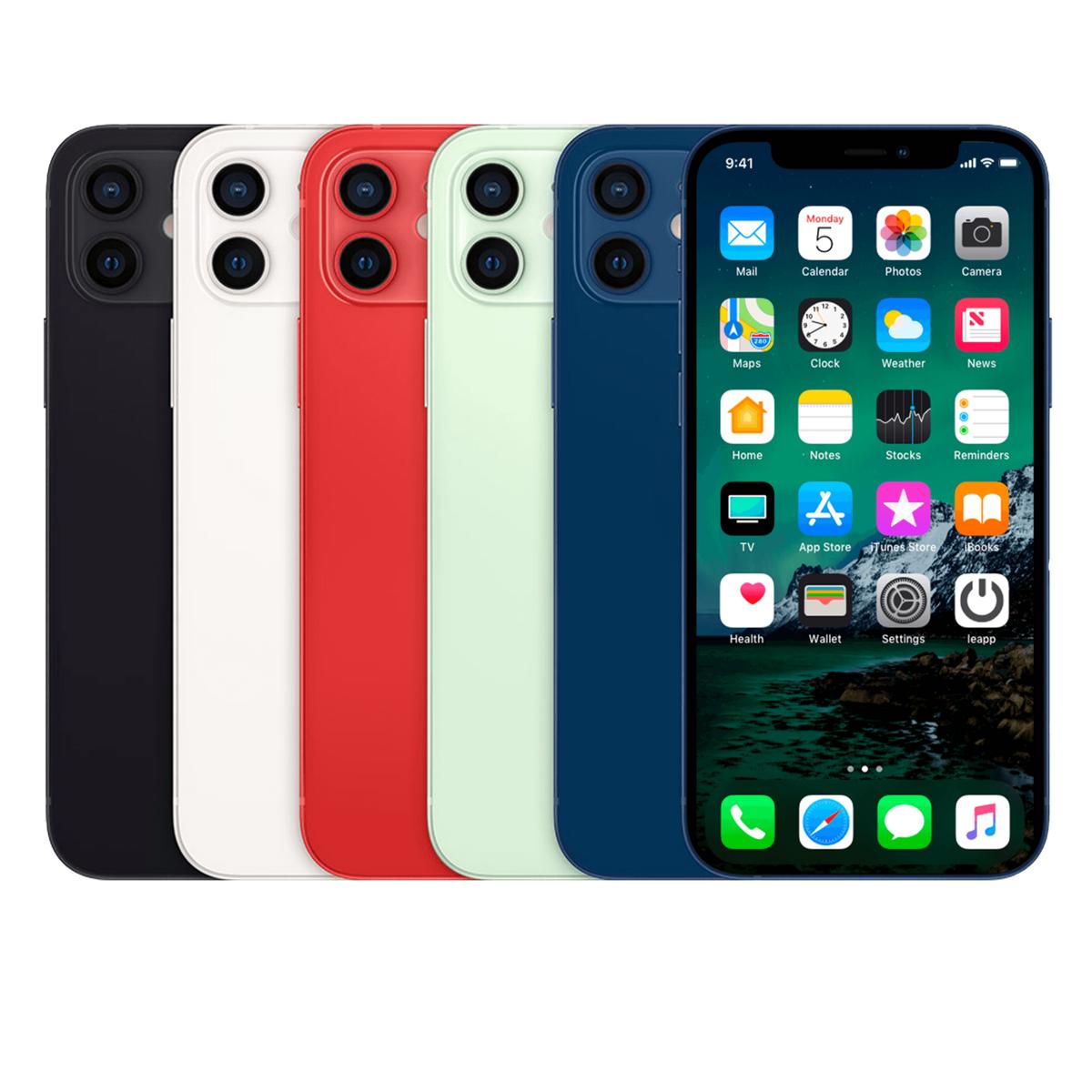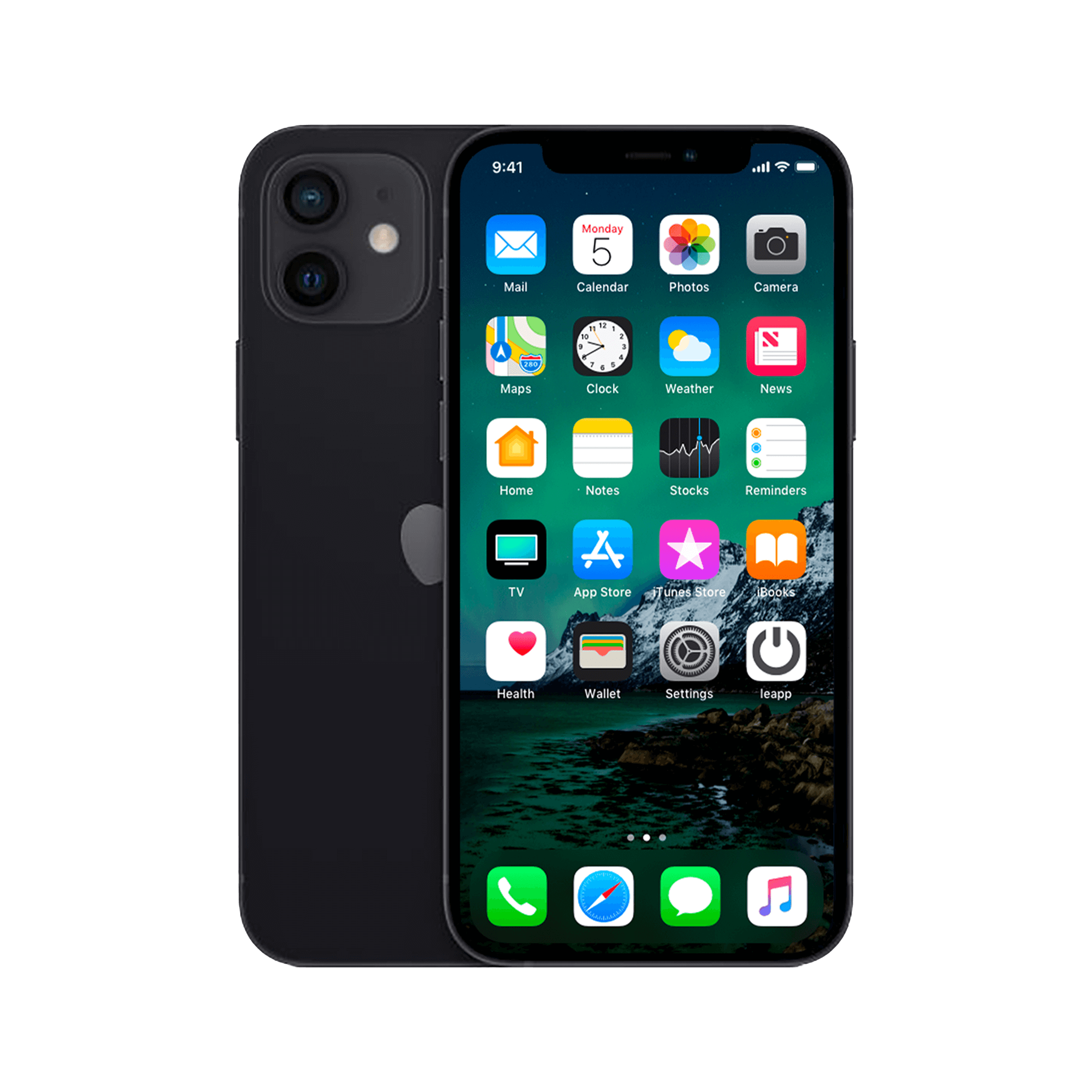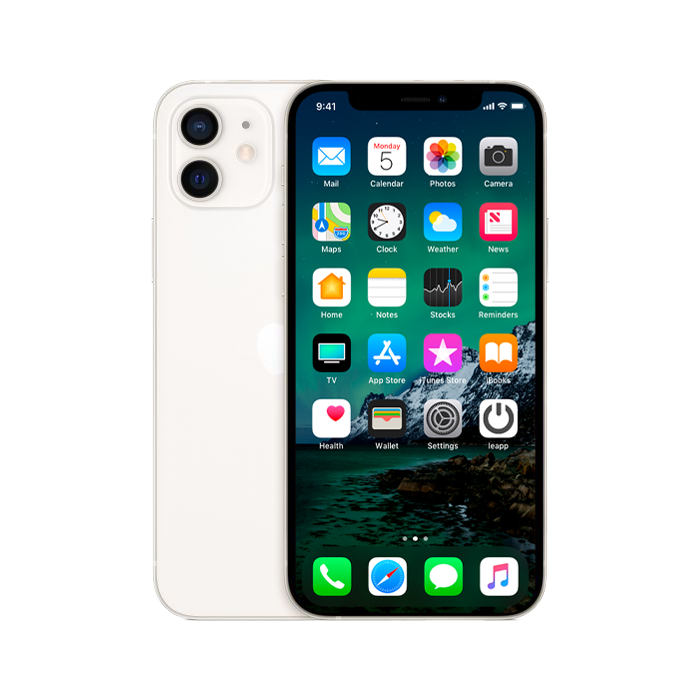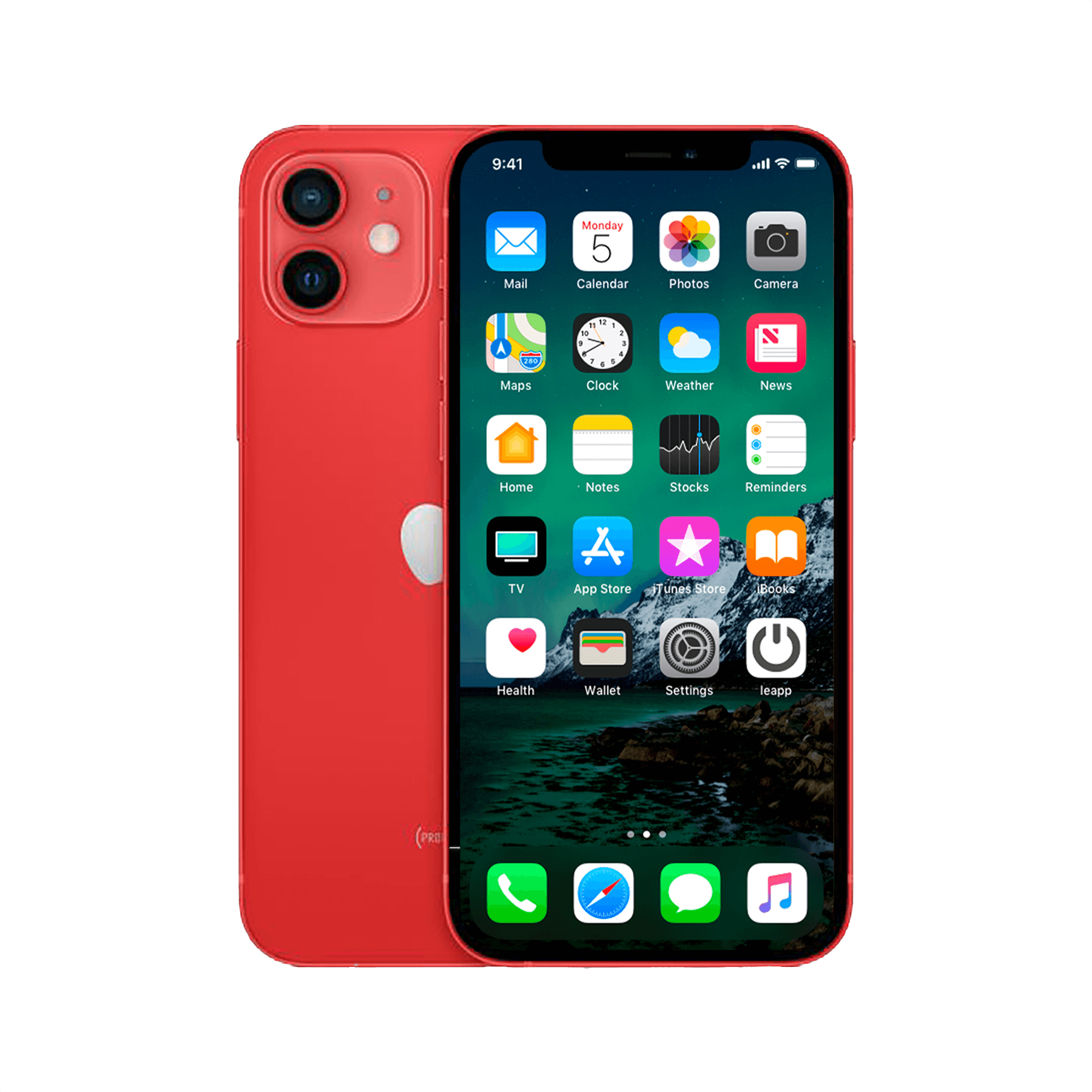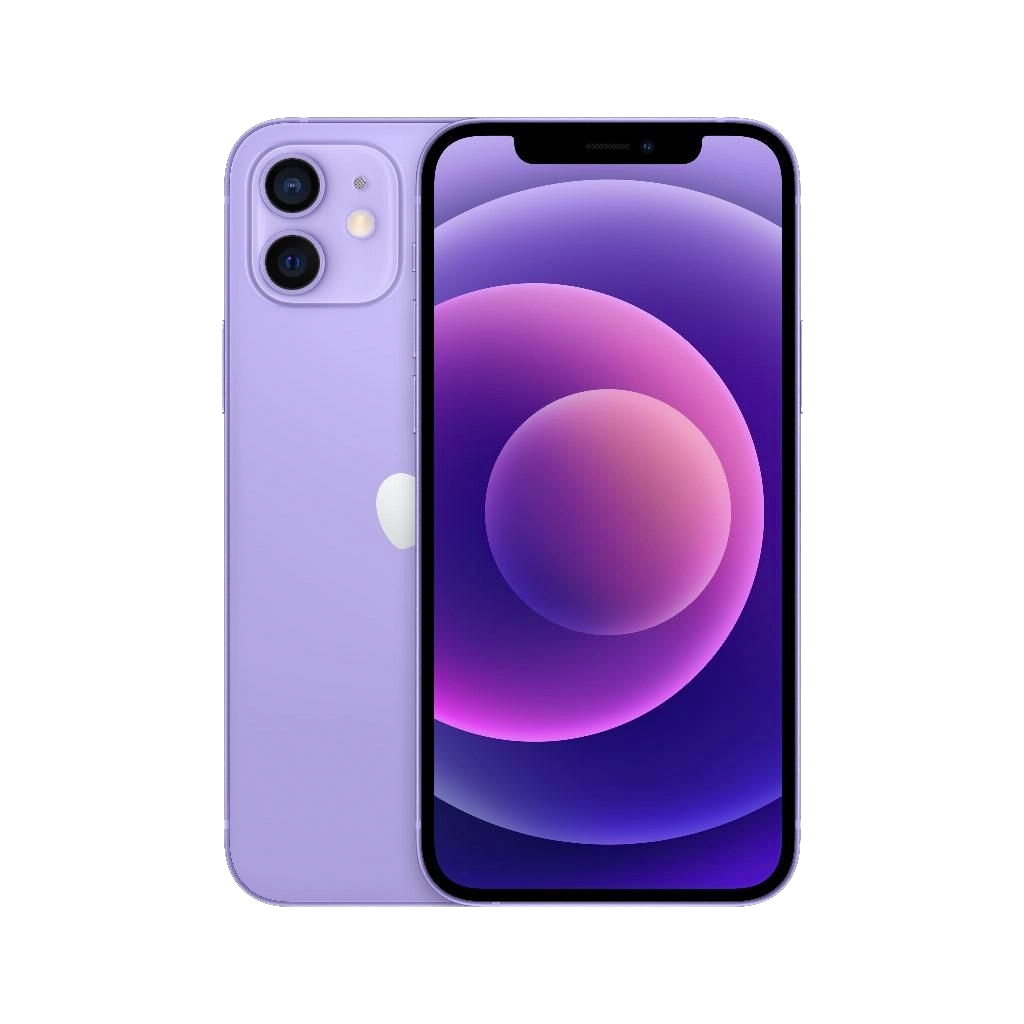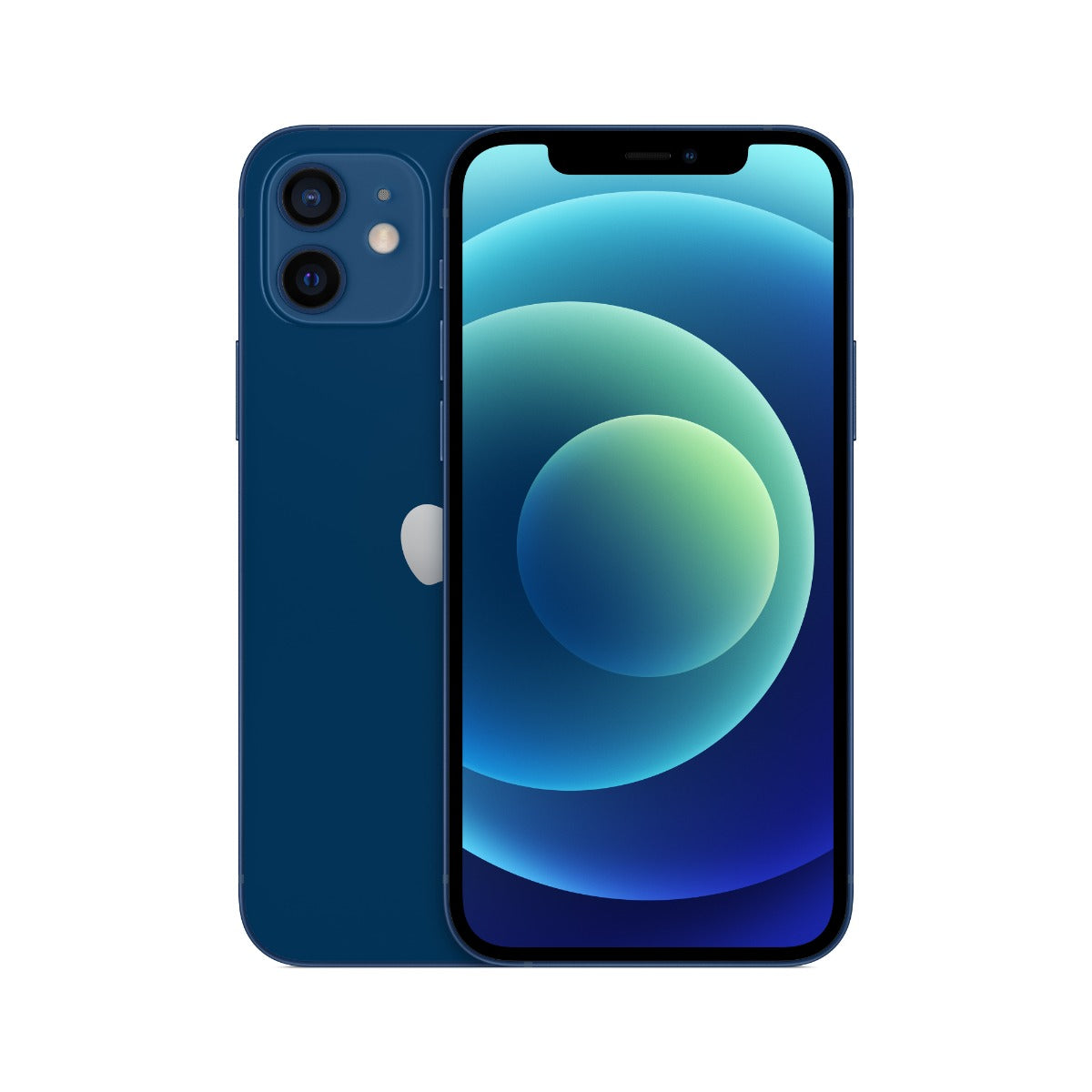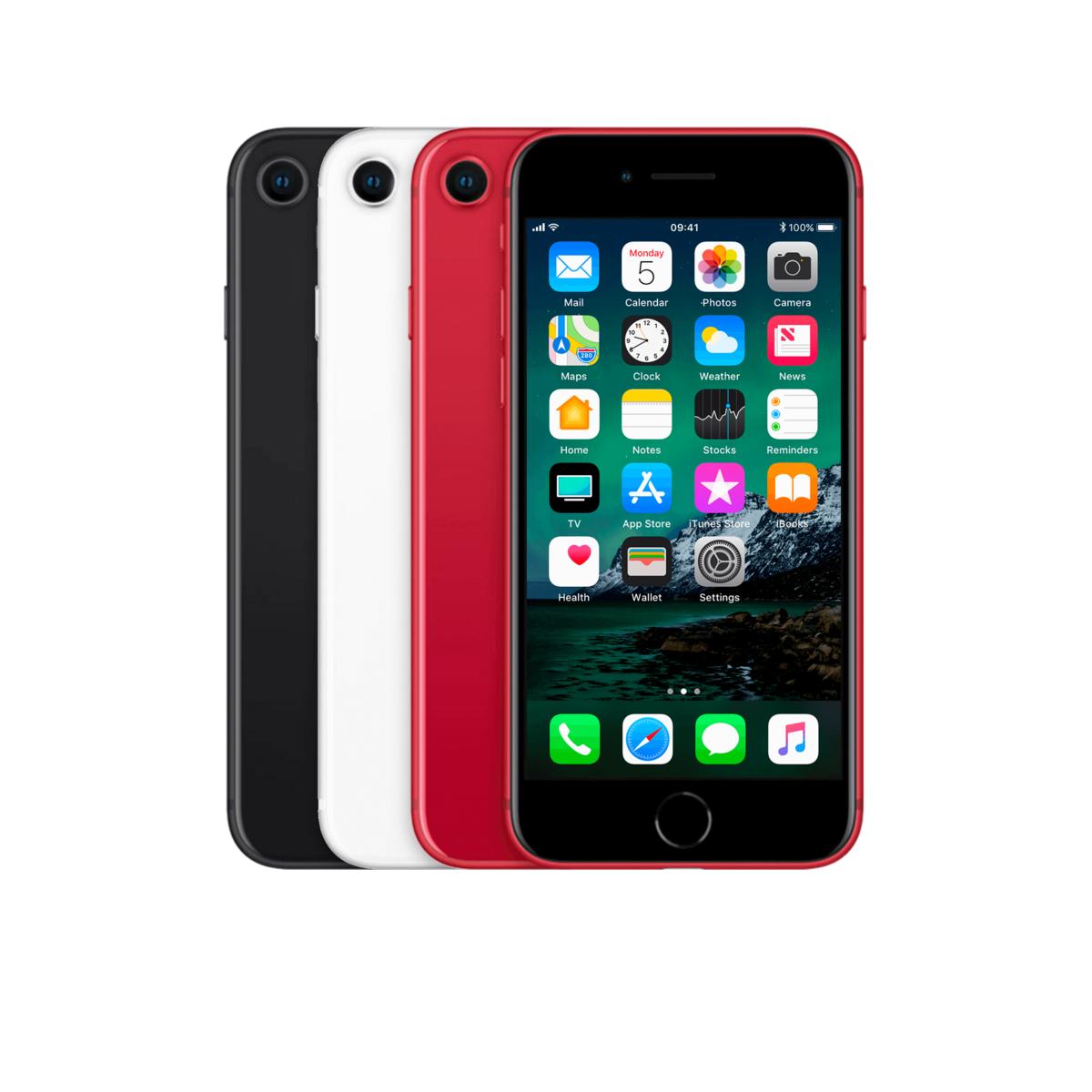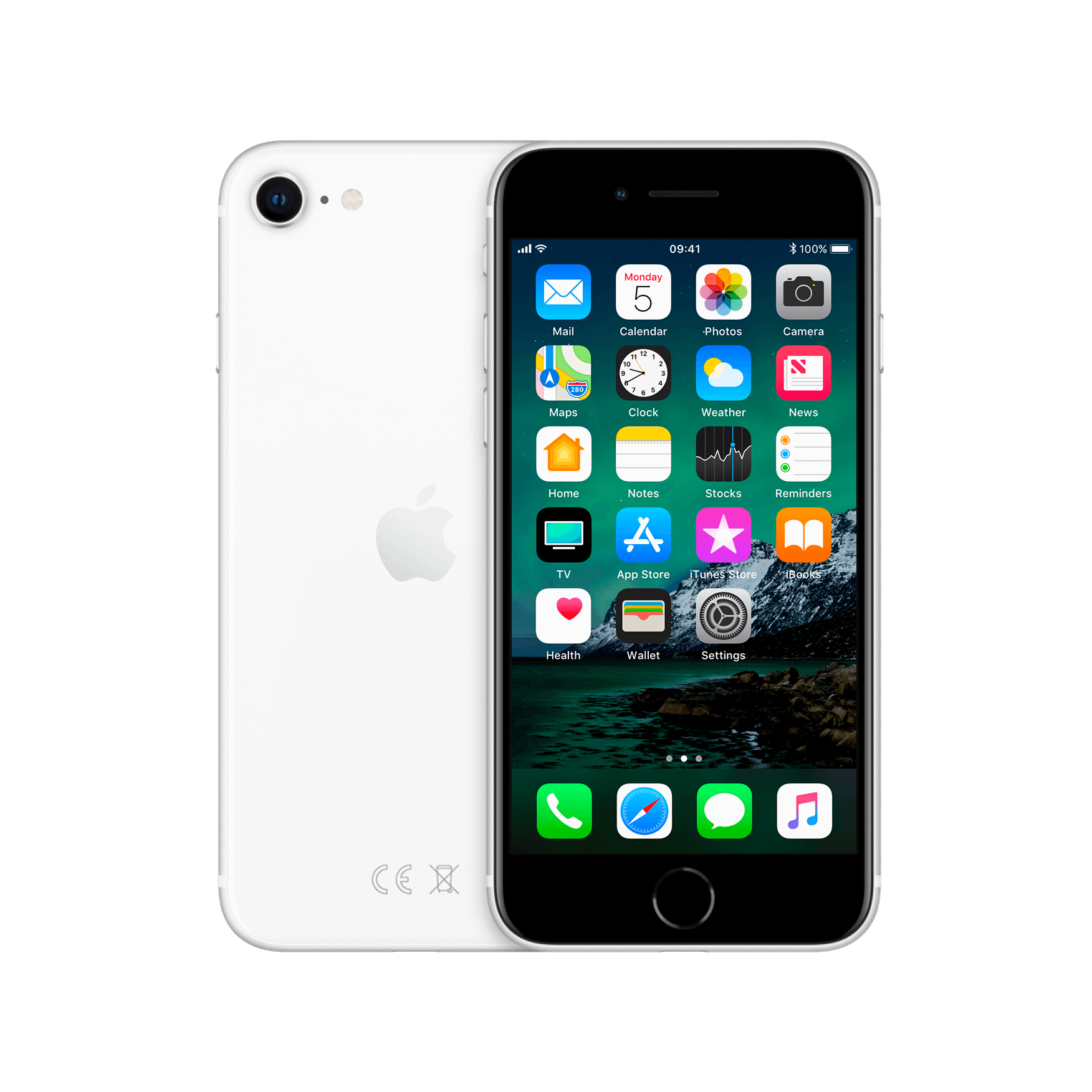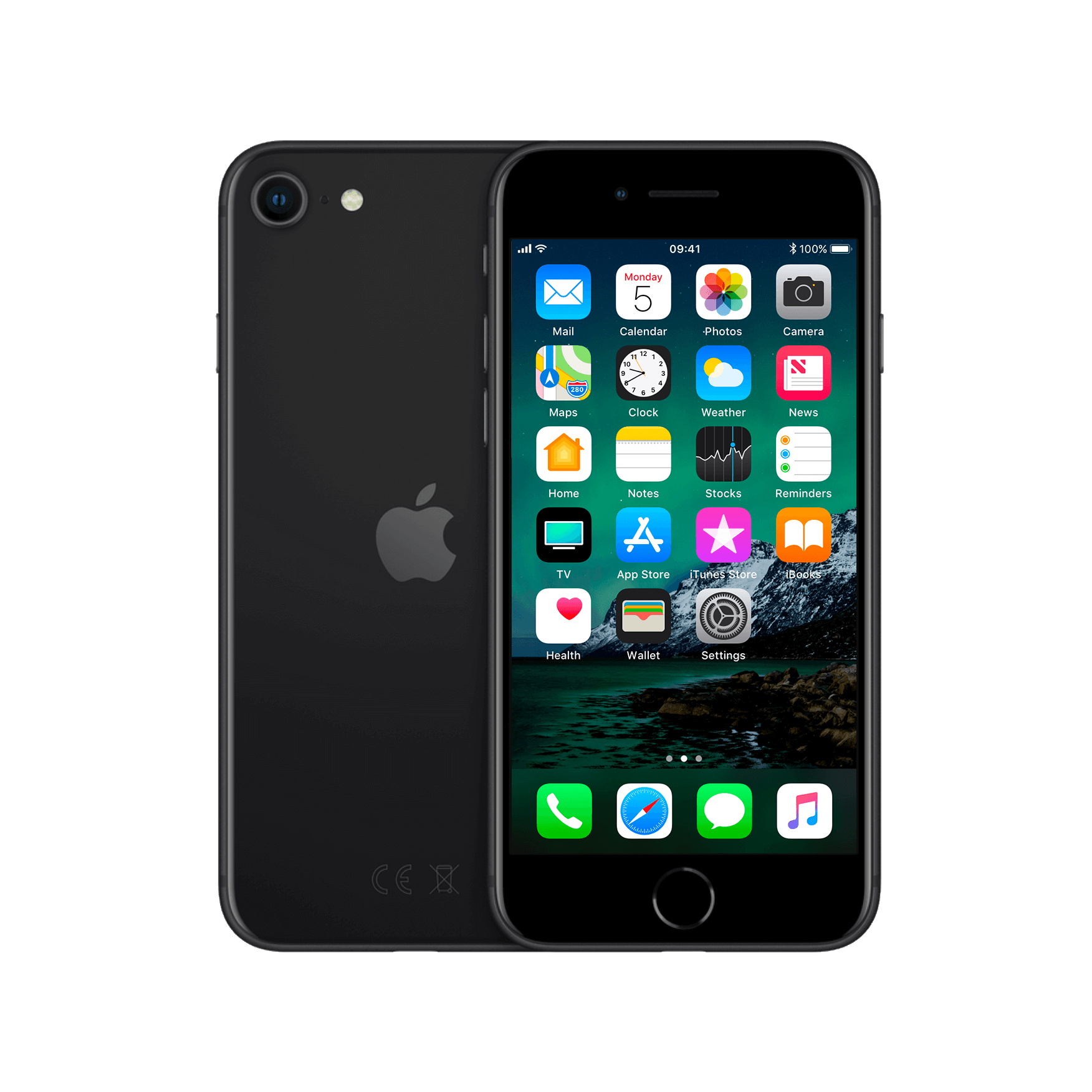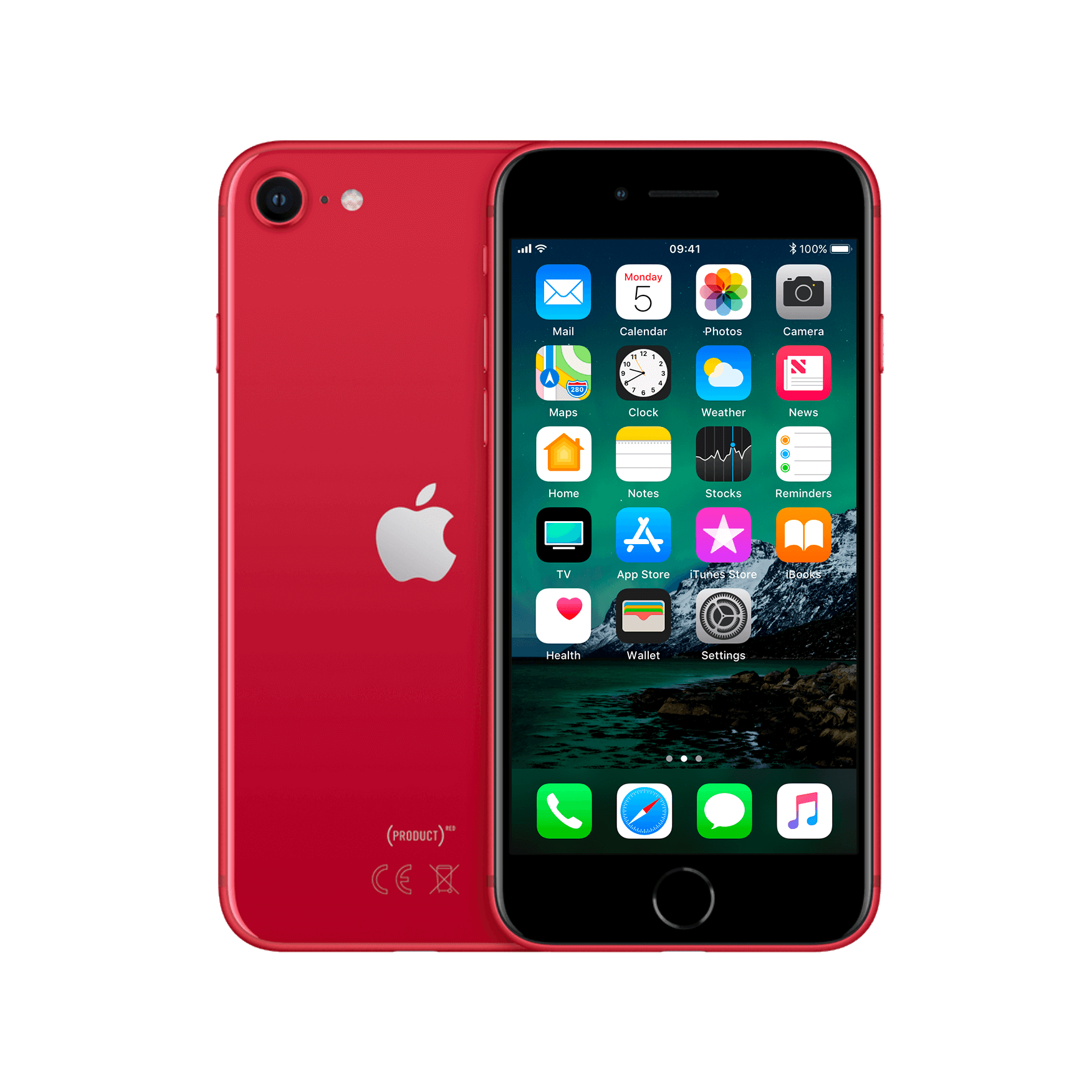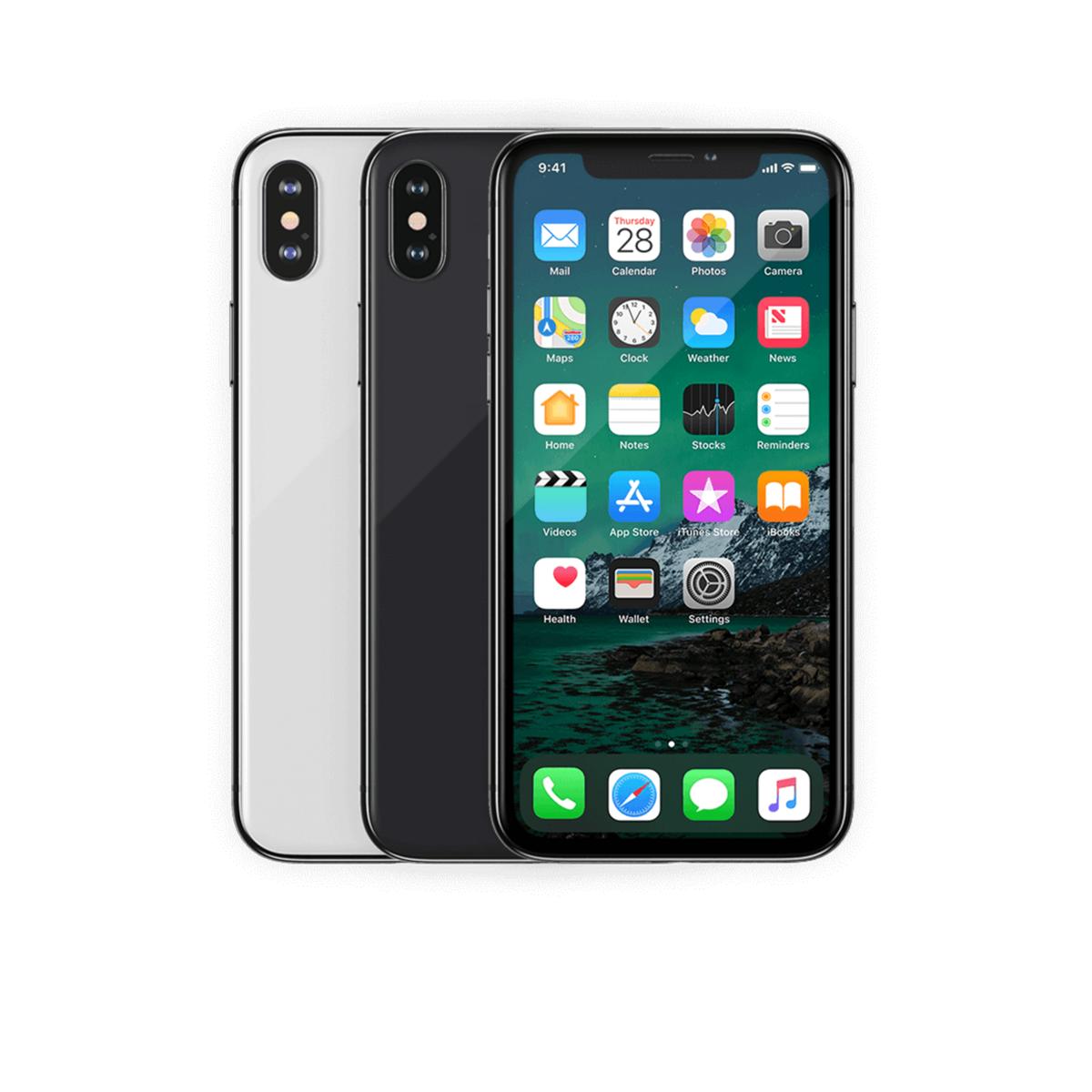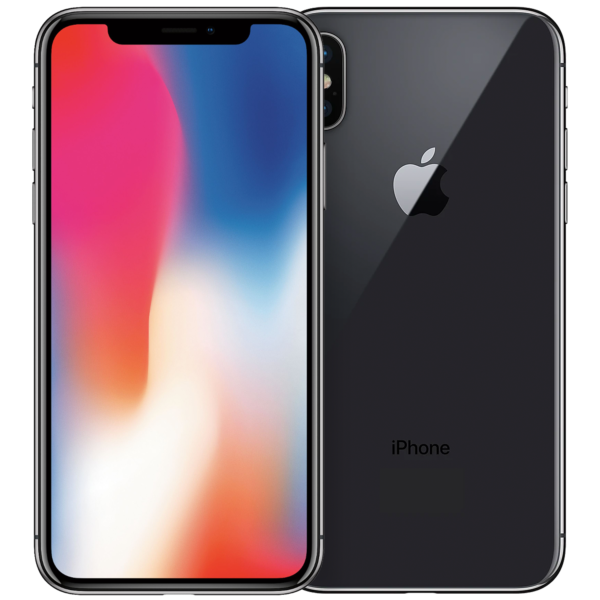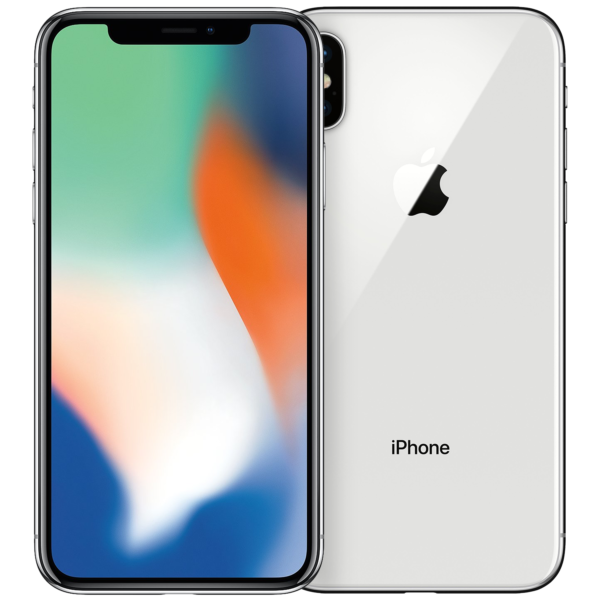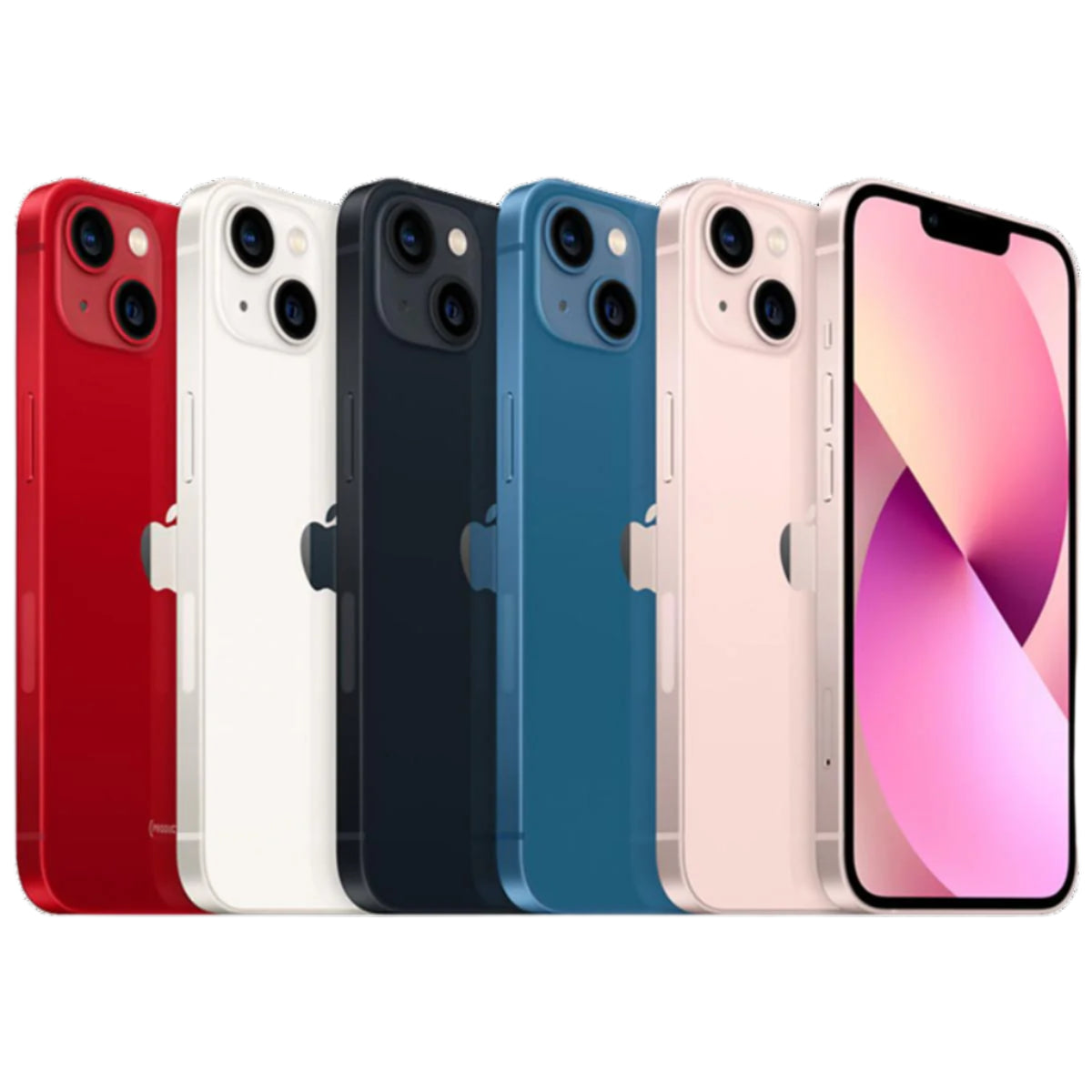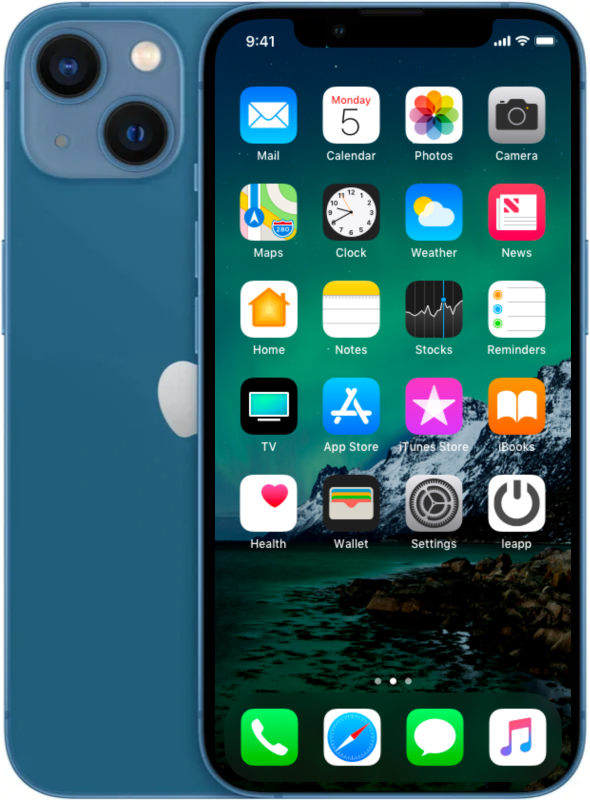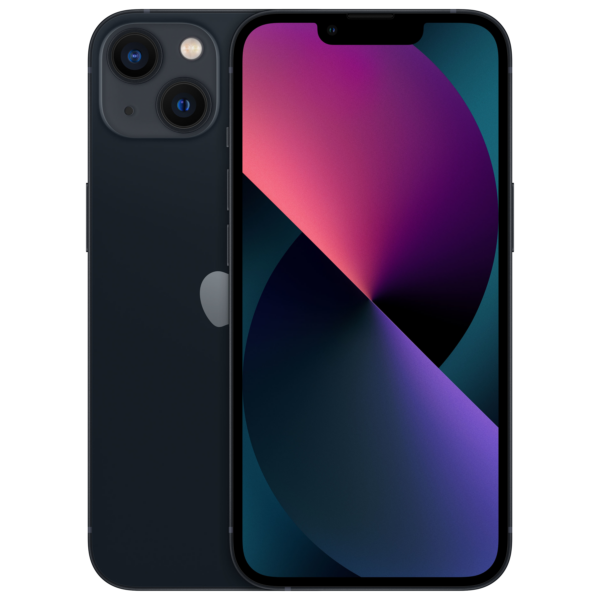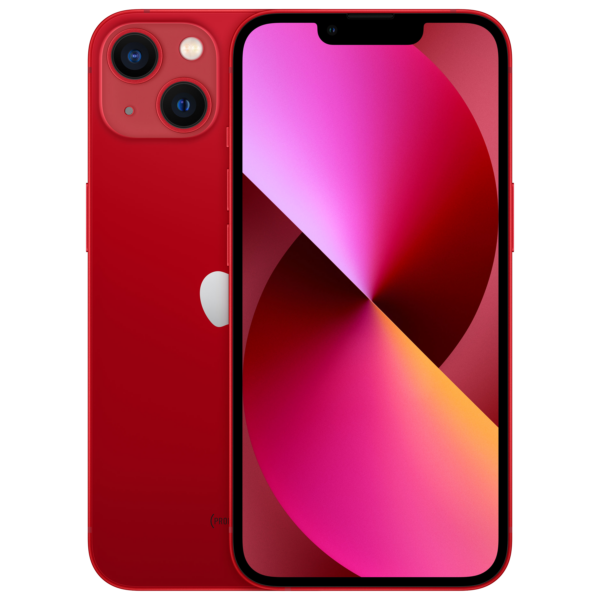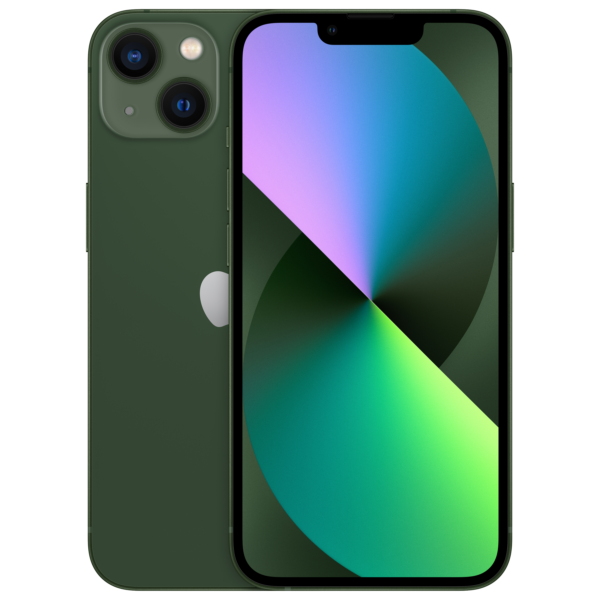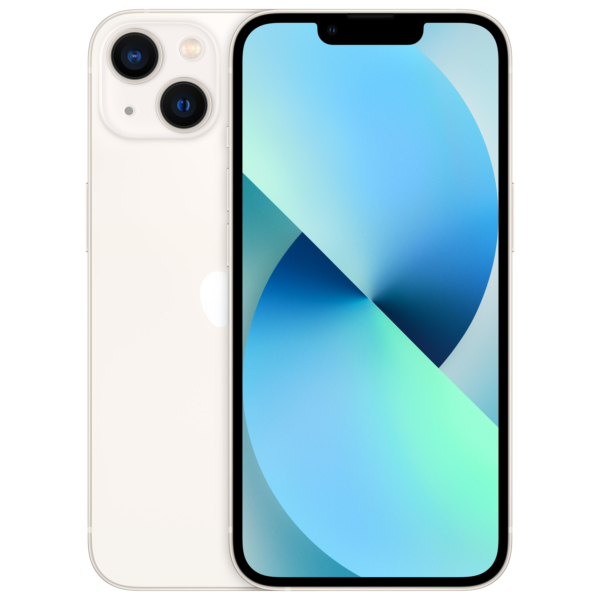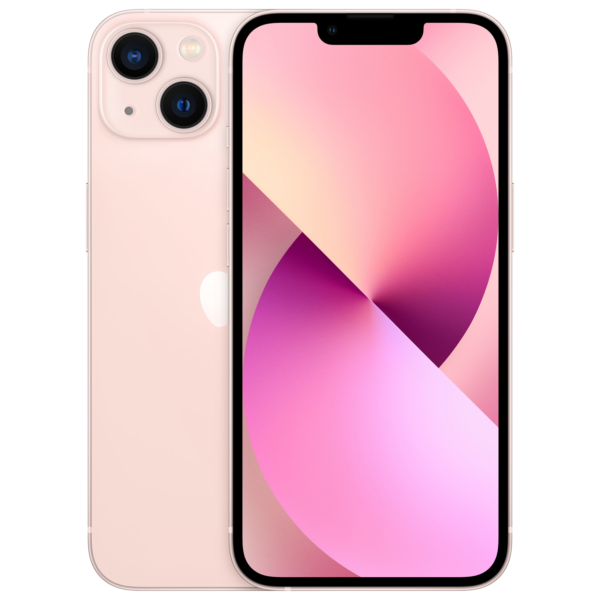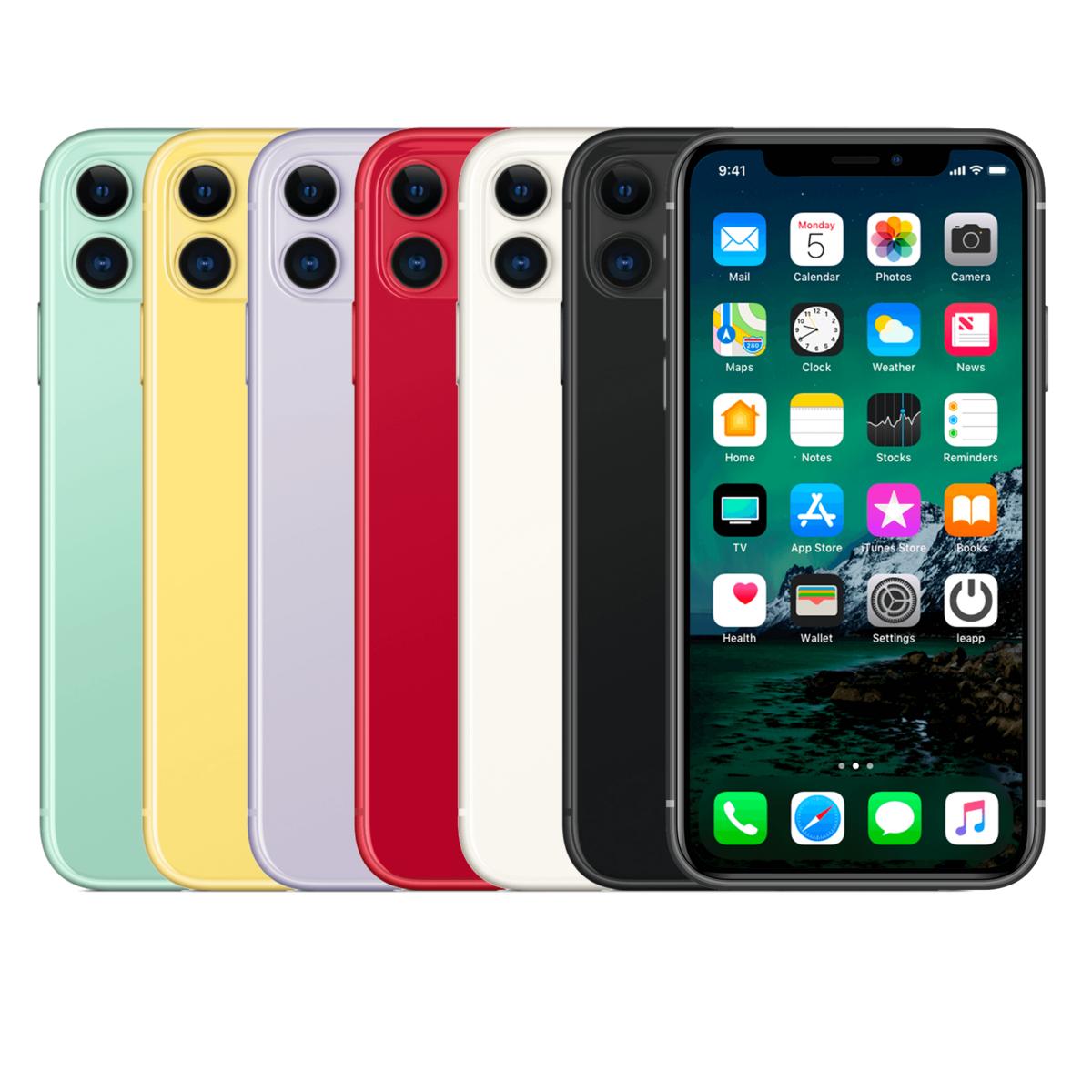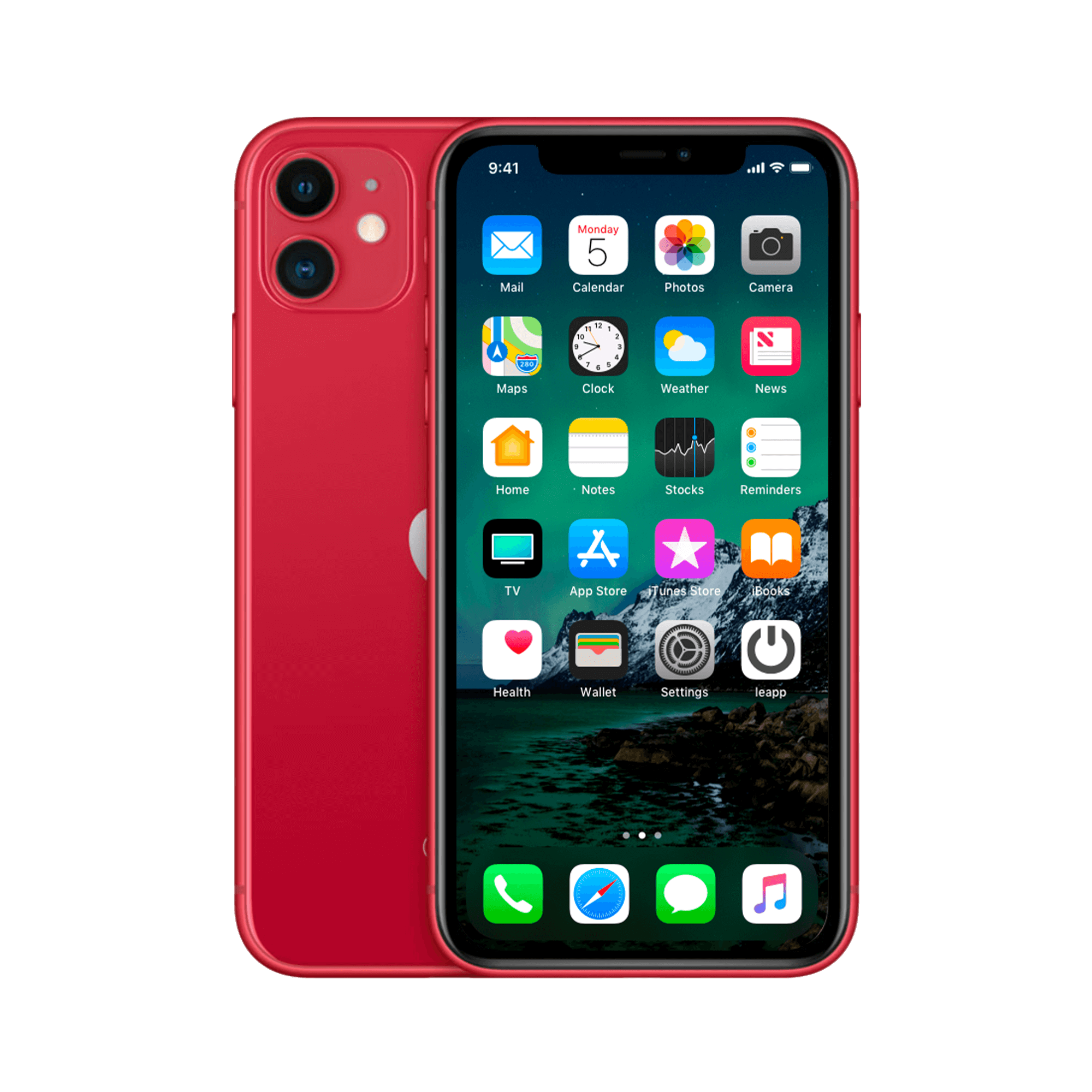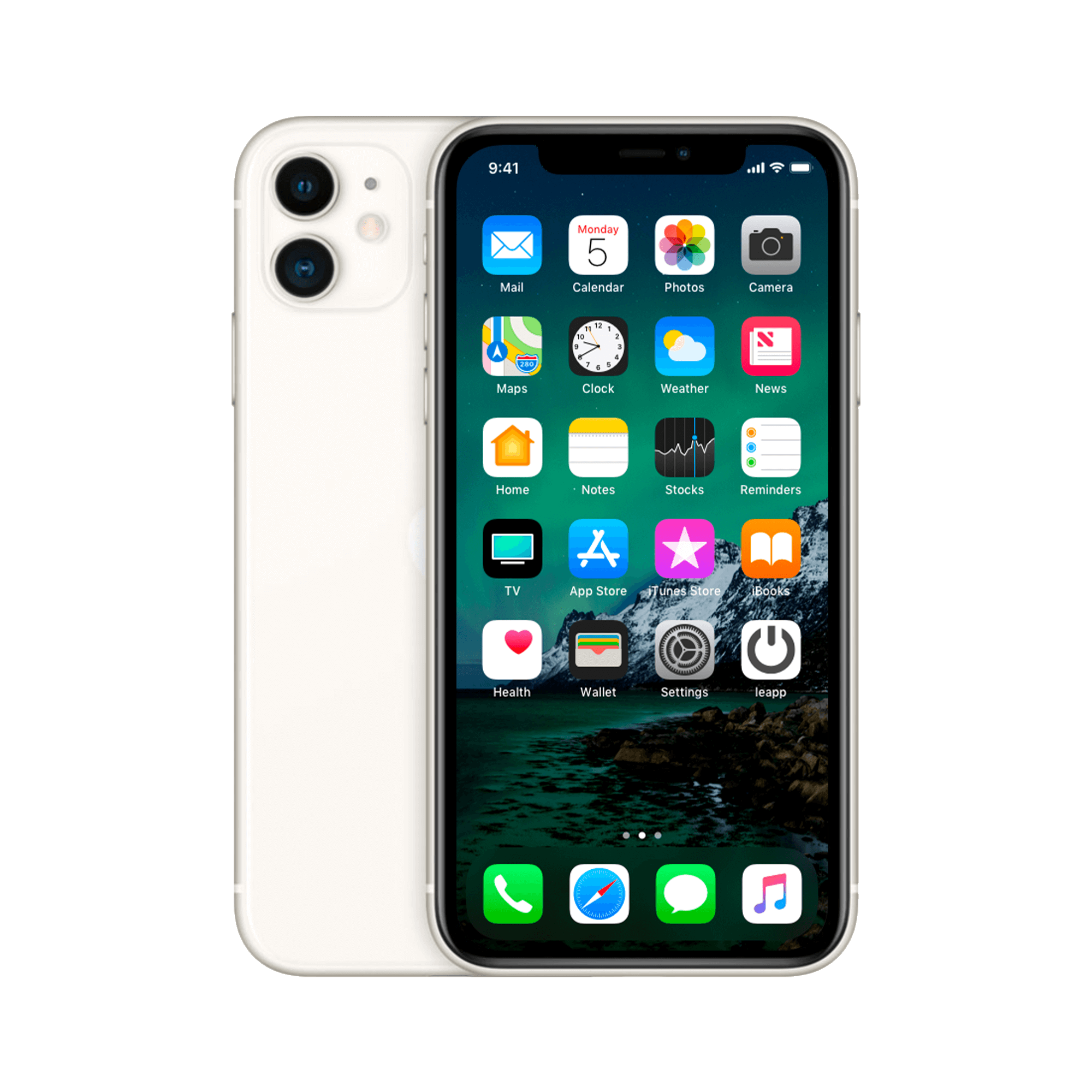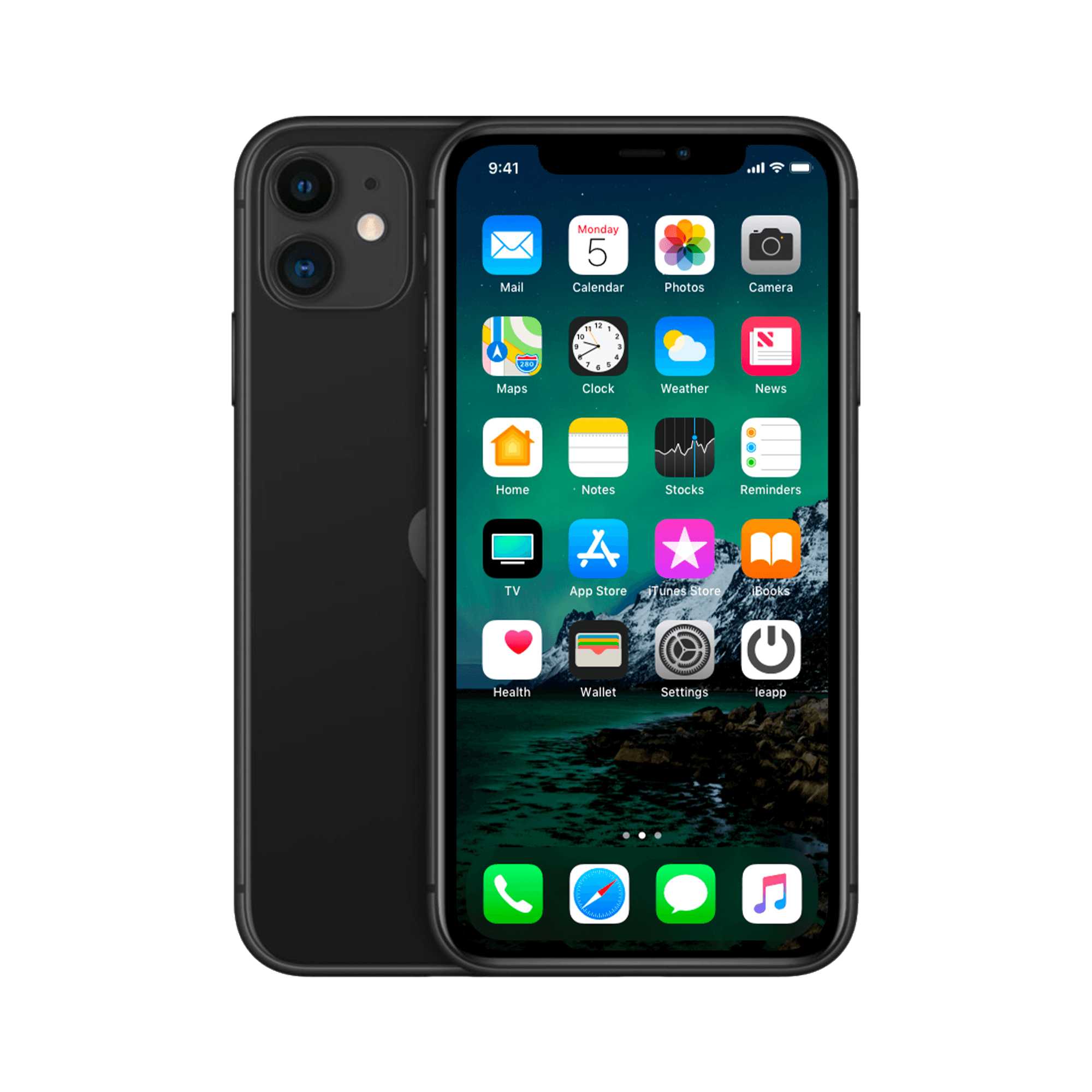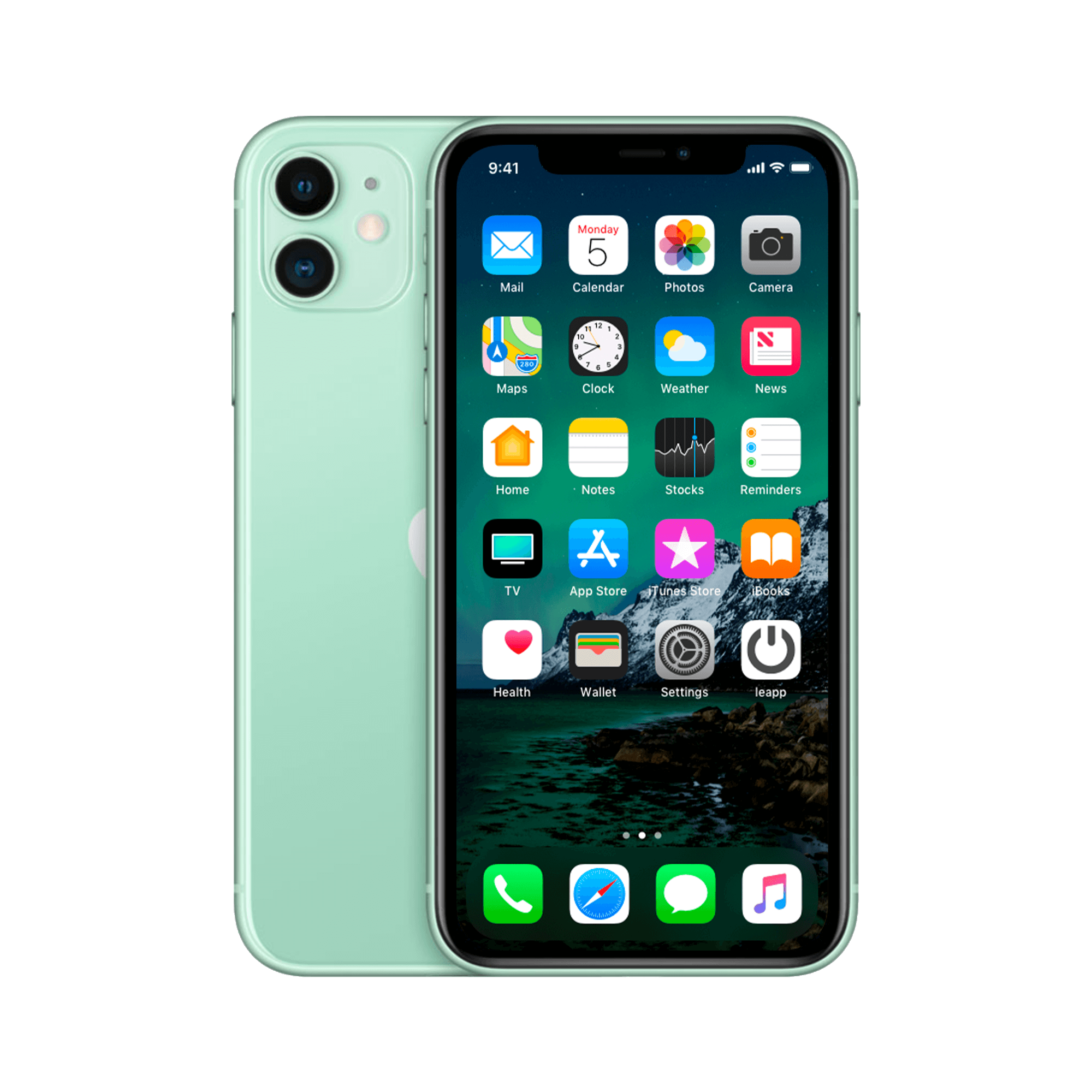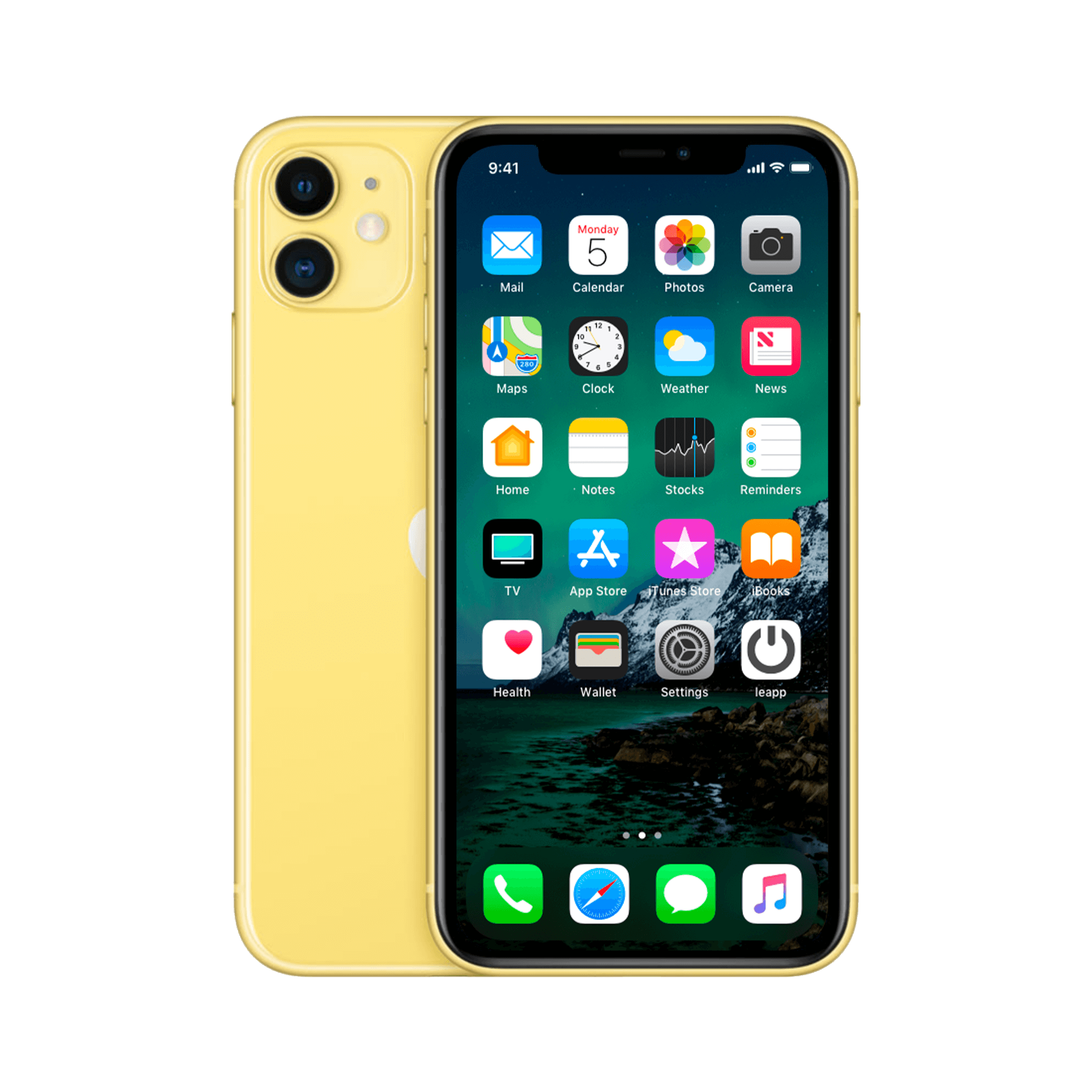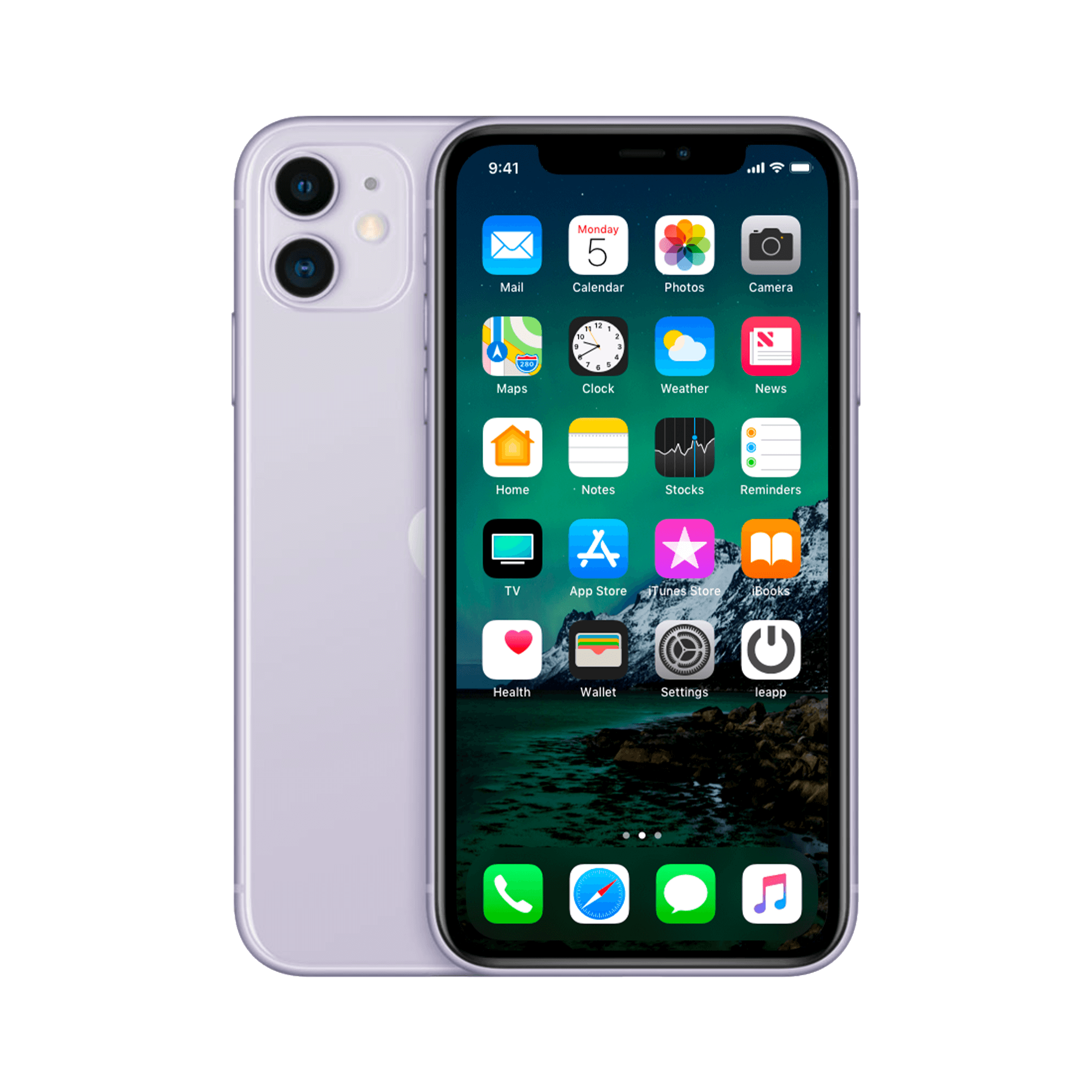Why Your iPhone Screen Becomes Unreadable in Sunlight
You know the feeling. Bright sunshine. iPhone in your hand. Screen pitch black. You squint, twist your body, cast a shadow with your hand. Nothing helps. That important route on Google Maps? Invisible. That message that just came in? No idea what it says. Your new iPhone case protects your device perfectly, but what good is it if you can't read the screen?
It's strange that a thousand-euro device fails in something as simple as sunlight. But here's what no one tells you: the problem isn't with your iPhone. It's with how manufacturers market screen brightness. That magical 1000 nits Apple advertises? You only see that with HDR videos. In practice, you have to make do with 625 nits. And that while cheaper Android devices shine at 1500 nits. The solution isn't where you think it is.
Useful links
The screen brightness problem explained
Your iPhone screen is made up of millions of tiny dots of light. The brightness of these dots determines how easy it is to read. This brightness is measured in nits—a technical term for the amount of light per square meter. One nit is equivalent to the light of one candle spread across a square meter.
The frustrating thing is that manufacturers often throw around misleading figures. Apple, for example, advertises 1000 or even 1200 nits for newer models. But you only see this peak brightness when playing HDR content like movies on Apple TV+. For everyday use—reading messages, navigating with maps, browsing the internet—you're stuck with much lower values.
The actual nits values of different iPhones
Here are the real numbers you'll be dealing with:
- iPhone 15 Pro/Pro Max: 1000 nits typical, 1600 nits HDR, 2000 nits outdoor
- iPhone 14 Pro/Pro Max: 1000 nits typical, 1600 nits HDR, 2000 nits outdoors
- iPhone 14/14 Plus: 800 nits typical, 1200 nits HDR
- iPhone 13 Pro/Pro Max: 1000 nits typical, 1200 nits HDR
- iPhone 13/13 mini: 800 nits typical, 1200 nits HDR
- iPhone 12 series: 625 nits typical, 1200 nits HDR
- iPhone 11: 625 nits typical
- iPhone SE (all generations): 625 nits typical
Note the difference between "typical" and "HDR." Typical brightness is what you'll use most often. This is what you'll see in apps, websites, and messages. Only the Pro models from the iPhone 14 series onward have a special outdoor mode that automatically activates in bright sunlight.
Why Android Devices Seem to Be Outperforming
Many Android flagships from Samsung, OnePlus, or Xiaomi advertise 1500 to even 2600 nits. However, these manufacturers measure differently than Apple. They focus on peak brightness levels that the screen can only maintain for a short time, while Apple's measurements are more conservative.
There's some truth to this: some Android devices are indeed brighter in direct sunlight. This is due to different screen technologies and power management. Samsung, for example, uses different OLED panels that can become extremely bright for short periods, at the expense of battery life and screen lifespan.
Practical solutions to the brightness problem
Fortunately, there are ways to better deal with limited screen brightness:
Optimize settings
- Turn on auto-brightness in Settings > Accessibility > Display & Text Size
- Turn off True Tone in bright sunlight - this gives that little bit of extra brightness
- Reduce transparency and increase contrast in accessibility settings
- Turn off dark mode - white backgrounds are easier to read in sunlight
Physical tricks
- Make a shadow with your hand or body
- Turn your back to the sun
- Use a matte screen protector that reduces reflections
- Consider a lens hood accessory for extreme situations
Which model should you choose for optimal brightness?
If screen brightness is your priority, the Pro models from the iPhone 14 series onwards are the best choice. They not only offer higher typical brightness but also that crucial 2000 nits outdoor mode. The difference compared to older models is especially noticeable on sunny days.
For most users, an iPhone 13 or 14 (regular model) is more than sufficient. With 800 nits of typical brightness, these models are well above the minimum of 600 nits recommended by experts for comfortable outdoor use. Moreover, refurbished versions of these devices are now available at affordable prices.
The future of iPhone screens
Apple is working on new display panels with micro-LED technology. These promise higher brightness while using less energy. The first devices with this technology will likely appear in the Apple Watch, followed by the iPhone Pro models.
Meanwhile, the industry is experimenting with anti-reflective coatings and new materials that allow sunlight to pass through more effectively. Samsung has already shown prototypes of screens that reach 3000 nits without draining the battery.
Making a smart choice
When choosing a new or refurbished iPhone, you should weigh screen brightness against other factors like price, battery life, and features. An iPhone 12 with 625 nits is perfectly usable for many people, especially if you mostly work indoors. It's better to invest the difference in extra storage or a good protective case.
For photographers, delivery drivers, outdoor enthusiasts, and others who work extensively outdoors, investing in a Pro model is definitely worthwhile. Those extra nits make the difference between frustrated staring and comfortable work.
The reality behind screen brightness
Screen brightness remains a weak point for many smartphones, including Apple's. Ad figures only tell half the story – your daily brightness is much lower than the impressive 1000+ nits that manufacturers boast. For most users, a refurbished iPhone with 800 nits is perfectly sufficient, especially with the right settings and a few clever tricks.
Only if you work outdoors for hours every day is it worth investing in a Pro model with outdoor mode. Until the promised breakthrough in screen panels arrives, it will remain a matter of making trade-offs between brightness, battery life, and wallet.


